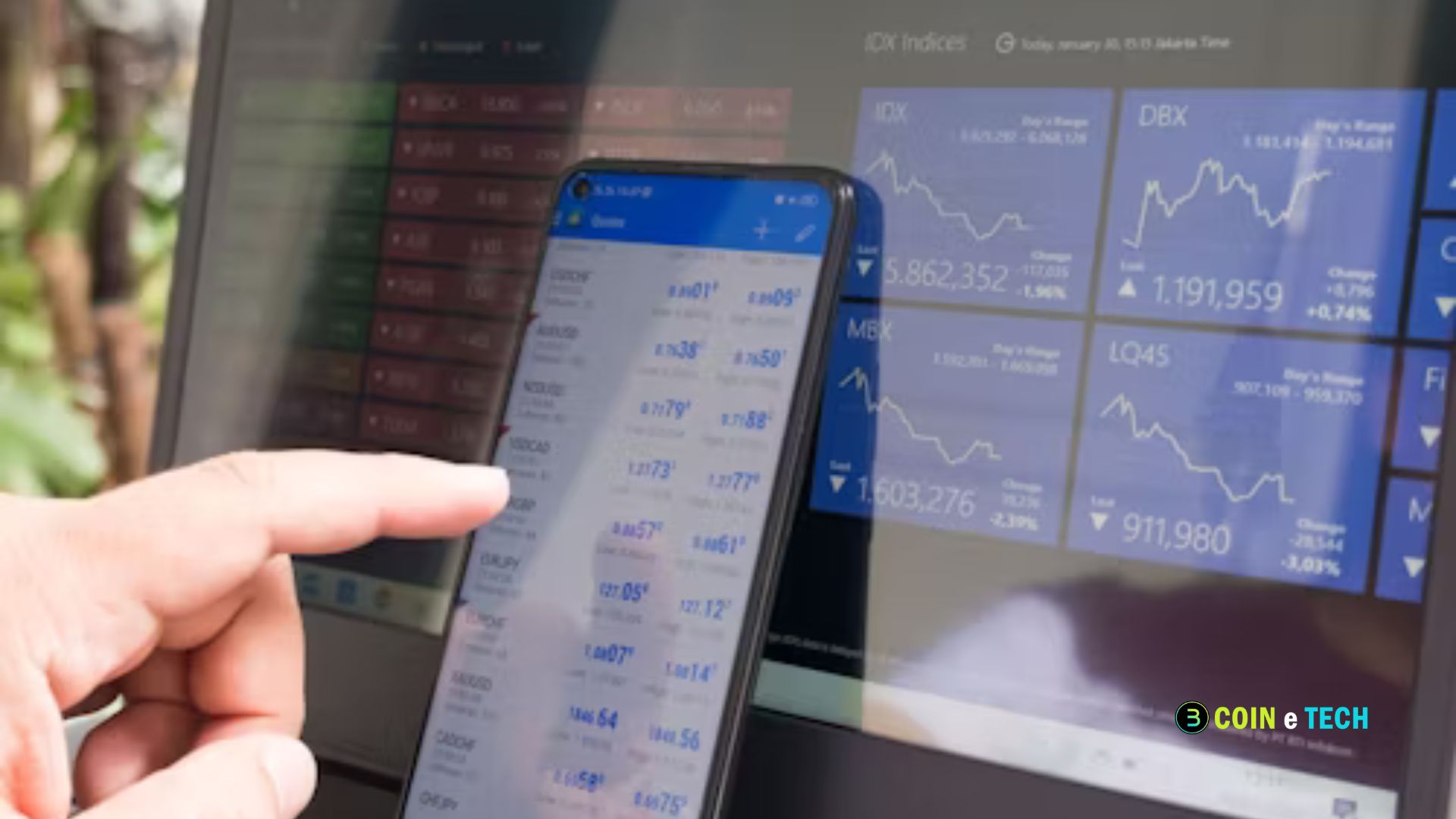In the rapidly evolving digital technology landscape, few names evoke nostalgia like LimeWire. Once a titan in the realm of file sharing, LimeWire revolutionized how music, videos, and software were distributed online. However, after facing significant legal challenges and shutting down in 2010, LimeWire faded into the annals of internet history. Recently, the platform has made headlines again, but this time, it’s not just about music sharing. It’s about cryptocurrency. In this article, we will explore the resurgence of LimeWire, its pivot into the crypto space, and the implications of its revival for both the crypto industry and users.
The Legacy of LimeWire
LimeWire was established in 2000 as a peer-to-peer file-sharing application that allowed users to share music, videos, and other media files. It quickly gained popularity due to its user-friendly interface and vast content library. However, the platform faced numerous legal issues due to copyright infringement. In 2010, LimeWire was forced to shut down following a court ruling that favored the Recording Industry Association of America (RIAA).
Despite its downfall, LimeWire left a lasting impact on digital media sharing and laid the groundwork for subsequent platforms. The model it popularized is still relevant today, even as new technologies emerge. This legacy has created a unique opportunity for the brand to pivot and adapt to contemporary trends.
LimeWire’s Return: The Crypto Revolution
In 2022, LimeWire announced its comeback with a twist: the platform would enter the cryptocurrency world. This bold move aims to tap into the growing interest in NFTs (non-fungible tokens), digital art, and blockchain technology, revamping its brand and reaching a new generation of users.

LimeWire as an NFT Marketplace
Creators and artists can sell digital assets directly to fans on the redesigned LimeWire NFT marketplace. Increasing demand for NFTs has swept the art and entertainment industries. The music-sharing website uses blockchain technology to help musicians monetize their work in new ways. LimeWire could help struggling musicians make money by letting them sell music as NFTs. Artists may directly engage their audience by giving exclusive content or experiences through NFTs. This community-driven strategy could revive LimeWire’s creator-fan bond.
Utilizing LimeWire Tokens
The platform has introduced its own cryptocurrency, LimeWire Tokens (LMWR), to facilitate transactions within the new LimeWire ecosystem. Users can utilize these tokens to buy and sell NFTs, engage with artists, and access premium content. Using LMWR could incentivize participation and create a robust economy around the platform. The introduction of LMWR is significant, as it allows LimeWire to embrace decentralization—a core principle of blockchain technology. By integrating its own cryptocurrency, LimeWire is revitalizing its brand and positioning itself within the broader crypto ecosystem.
Implications for the Crypto Industry
LimeWire’s entry into the cryptocurrency space carries several implications for both the platform and the broader crypto industry.
Enhanced Accessibility for Creators
One of the most significant benefits of LimeWire’s pivot is the potential for enhanced creator accessibility. The NFT marketplace can provide artists a platform to showcase their work without the barriers imposed by traditional record labels and streaming services. LimeWire’s legacy as a music-sharing platform positions it uniquely to attract independent artists looking for alternative revenue streams. By allowing artists to sell their work to consumers directly, LimeWire can disrupt traditional models and empower creators to take control of their careers. This aligns with the broader movement in the crypto space to democratize access to digital content and resources.
Bridging Generational Gaps
LimeWire’s revival in the crypto space serves as a bridge between generations. Many older users fondly remember the platform as a revolutionary tool for sharing music, while younger generations are becoming increasingly familiar with NFTs and cryptocurrencies. LimeWire’s nostalgia factor could attract a diverse user base, appealing to long-time fans and newcomers interested in crypto. This cross-generational appeal can drive the adoption of both the LimeWire platform and cryptocurrency as a whole, contributing to the ongoing evolution of digital content consumption.
Challenges and Considerations
LimeWire’s foray into the crypto space presents several challenges and considerations that could impact its success. Firstly, the NFT market is highly competitive, with numerous platforms vying for users’ attention. LimeWire must differentiate through unique offerings and a seamless user experience to attract creators and consumers. Additionally, the environmental concerns associated with blockchain technology could pose a reputational risk. As awareness of the carbon footprint of certain cryptocurrencies grows, LimeWire needs to explore sustainable practices to mitigate these concerns and appeal to eco-conscious users.
Moreover, navigating the complex regulatory landscape surrounding cryptocurrencies and NFTs will be crucial. Governments worldwide are developing regulations that could impact LimeWire’s operations, and ensuring compliance while maintaining a user-friendly platform will be a delicate balancing act. Lastly, building a vibrant community will be essential for LimeWire’s revival; fostering engagement and trust among users can significantly influence the platform’s long-term viability in crypto.
The Future of LimeWire in the Crypto Space
LimeWire’s future hinges on its ability to adapt to the evolving landscape of digital content and cryptocurrency. LimeWire is positioning itself at the forefront of a rapidly changing industry by embracing NFTs and creating its own token.

- Community Engagement and Growth: For LimeWire to succeed, it must prioritize community engagement. Building a loyal user base will be crucial, and the platform can achieve this by fostering interactions between creators and fans. Engaging with users through social media, hosting events, and creating educational content can help bridge the gap between the platform and its community.
- Expanding Use Cases for LMWR: As the LimeWire ecosystem grows, there will be opportunities to broaden LMWR’s use cases beyond transactions. The platform could explore options such as staking, rewards for active users, and partnerships with other platforms to enhance utility. This diversification can increase LMWR’s appeal and encourage more users to engage with the LimeWire ecosystem.
- Future Partnerships and Collaborations: To solidify its presence in the crypto space further, LimeWire should explore partnerships with established blockchain platforms, artists, and brands. Collaborations can drive innovation, attract users, and create unique offerings that set LimeWire apart from other NFT marketplaces.
Also Read: The Future of Cryptocurrency and Its Options
In Summary
LimeWire’s return as a player in the cryptocurrency and NFT space marks a fascinating evolution for a brand once synonymous with music sharing. By leveraging its legacy and embracing new technologies, LimeWire has the potential to redefine how artists engage with their audiences and monetize their work. The platform’s foray into the crypto world aligns with broader trends in digital content consumption and allows creators to thrive in a decentralized environment.
As LimeWire navigates the challenges of the crypto landscape, it will need to prioritize community engagement, sustainability, and regulatory compliance. With the right strategies in place, LimeWire could revive its brand and contribute to the ongoing evolution of the music industry and the future of cryptocurrency. The intersection of nostalgia and innovation presents an exciting opportunity for both LimeWire and its users, heralding a new era for this iconic platform.






